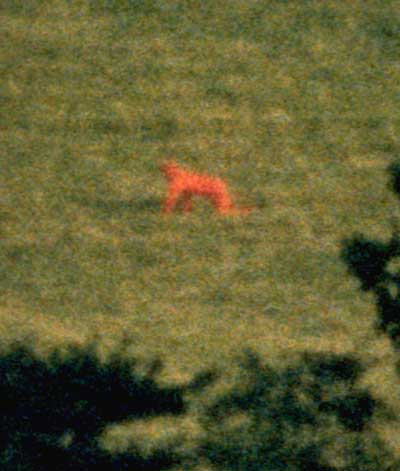
Alice in Wonderland © Jonathan Miller © BBC
Everything is so queer today ...
if I am not the same then the next question is who in the world am I ?
Ho ! That's the big puzzle : who am I ?
says Alice, while sipping at the "drink me" bottle.
Tobacco, tea, coffee, opium, peyote, kava or betel seeds : the cultural differences between what is legal and what is not (cannabis grown in England is illegal but prescribed as medecine in California), and the thin line between drug and medicine somehow allow mind-altering substances to permeate cultural habits and re-define moral ethics.
Governments not only play a part in the drug trade, from the history of opium transport between China and England to the funding of the recent conflict between Afghanistan and the West, the drug trade also shapes the world by building empires (like the british one).

Laudanum #5 © Tracy Moffatt © L. A. Galerie - Lothar Albrecht
Before the 1920's Drugs Act, poppy was legally grown for its medicinal properties, provoking the mingling of drugs' discovery with medical research and the spreading of risky substances in laboratories and pharmacies : children coughing syrup containing opium was sold in pharmacies, along with eye drops and dental kits containing cocaine; Sydenham's Laudanum, a tincture made from morphine and codeine, became popular as pain relief in the 17th and 18th centuries, bringing the hallucinogen experience to victorian homes.

Mescaline drawings © Henri Michaux
Artists self-experimenting with psychedelic drugs and hallucinogens hunt art and literature. Thomas de Quincey's Confessions of an English Opium eater in 1821 relates an accidental addiction to Laudanum while curing pain. Beaudelaire's Les paradis artificiels or Lewis Carroll's stories under mushroom influence inform what Aldous Huxley calls a new art of seeing the world; an altered spatial experience made visible by Henri Michaux automatic/ seismographic mescaline drawings.

Phonokinetoscope © Rodney Graham © MUDAM
By staging Albert Hofmann cycling through the Tiergarten in Berlin on the day he discovers LSD, Phonokinetoscope re-creates the first trip under chemical hallucinogen, a mixture of vivid colours, distorted sounds and recurring thoughts where senses melt into one another.

Shulgin's Laboratory © Michael Rainer
And then there is Sasha Shulgin, the grandfather of exctasy who spends the 70's and 80's setting up a laboratory in his californian home.
Thanks to a license on the behalf of the Drug Enforcement Administration that gives him the right to possess and synthesise the chemical of MDMA, Shulgin invents and experiments with more than 150 drug compounds.
Research conducted on psychedelic drugs in the sixties is linked to the treatment of depression and post traumatic stress disorder, an aspect of MDMA still invested today by underground therapists like Shulgin.
After trying mescaline, psylocibin and exctasy, Shulgin saw drugs as tools for the mind; a critical thing in his view since our entire universe is contained in the mind and the spirit.

























